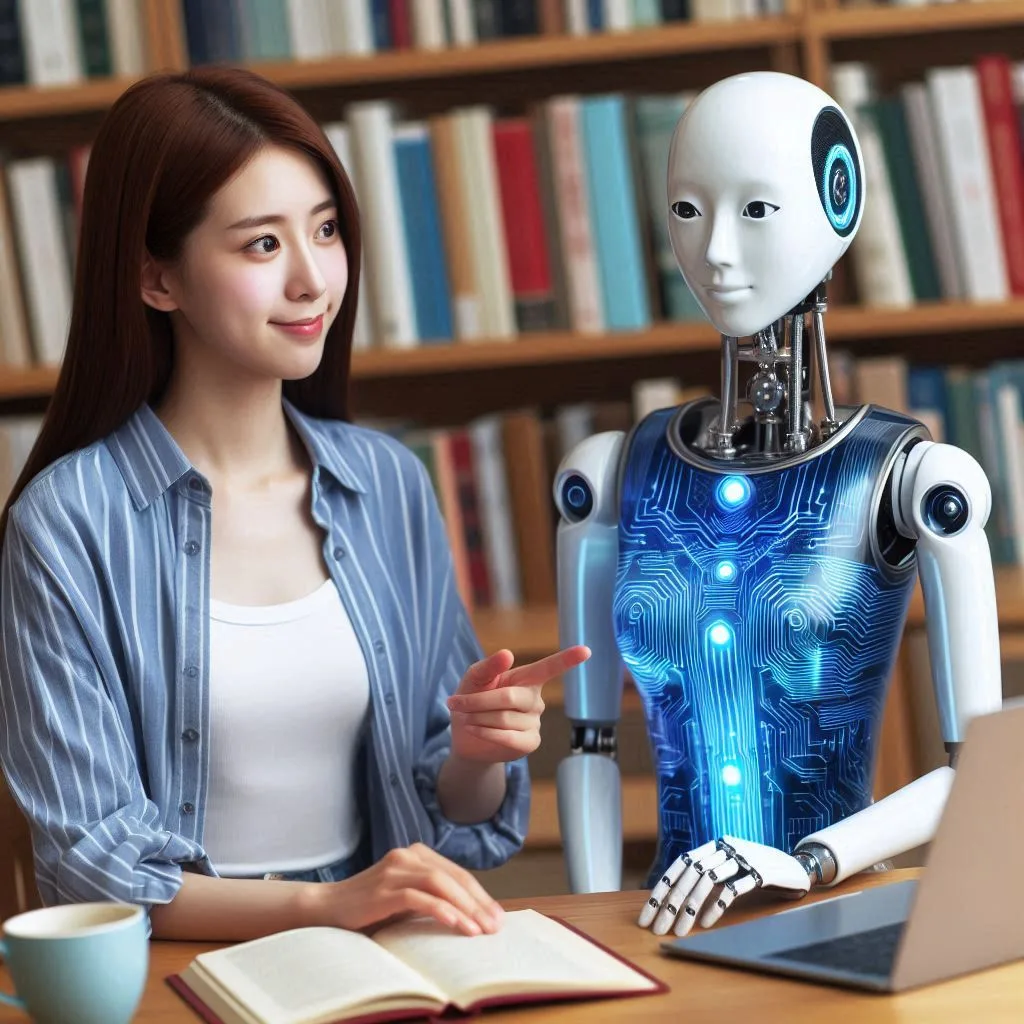Why do humans need to study? How does education change our lives? And where does our education system sometimes lose its way? These are vital questions to explore.

I hated going to school, not because I didn’t want to learn or because of math. As many of you might guess. When I started school in Africa in 2001, it felt like a mini-disciplinary camp for kids.
Parents in my village often praised schools for shaping their naughty children. This meant one thing: teachers had full authority to “correct” us in any way they saw fit.
Spending a day without at least five whips on the bum was a miracle. This continued throughout my primary education, and every morning, my mom had to persuade me to go to school. I hated it.
Despite the harshness, my friends and I managed to finish well. It is surprising that we even went on to university. Here is where the real problem with our education system showed up.
Many of my friends who graduated in 2018 never found a career job. Through my civil engineering school, we were sold hope. We hoped that the world was waiting for the solutions we had to bring.
That was not the case. The job market was overcrowded with graduates like us with the same degree but fewer jobs. Life after University felt like a Navy SEAL training. Reflecting on my education in Uganda, I realized two major issues:
1. Outdated Curriculum: Much of what we learned was not relevant to modern life.
2. Punitive Teaching Style: The harsh disciplinary methods made learning a miserable experience.
Thankfully, things have changed. Beatings are less common, and teaching styles have improved. This is according to my younger cousins still in school.
Why Do Humans Need to Study?
For those who never find their dream jobs, it looks like wasted money. No matter where you live in the world, education is not cheap. The question is why should we keep investing in education? Education has always been essential for personal and societal development:
1. Survival and Adaptation: Before civilization education focused on survival skills. Say like hunting and understanding natural cycles. By that time this knowledge was useful for day-to-day living.
2. Cultural Transmission: Education has historically passed down cultural values, traditions, and knowledge from one generation to the next.
3. Economic Growth: As economies change, education equips us with the skills needed for various trades and professions. Thus driving economic development.
4. Social Organization: Education helps establish social norms, laws, and governance structures. The result is to shape political and social institutions.
5. Personal Development: Beyond practical needs, education improves intellectual growth, critical thinking, and emotional intelligence.
How Education Changes Lives
Education profoundly impacts various aspects of life:
1. Economic Opportunities: It opens doors to higher-paying and more fulfilling careers. The result is reducing poverty and boosting economic growth.
2. Health and Well-being: Educated individuals tend to make better health decisions and have better access to healthcare.
3. Social Mobility: Education allows individuals from lower socioeconomic backgrounds to improve their status. And achieve upward mobility.
4. Empowerment and Equality: It empowers women and marginalized groups by providing knowledge and skills for competition and success.
5. Innovation and Progress: Education fosters critical thinking, creativity, and problem-solving. This lays the foundation for scientific and technological advancements.
6. Civic Engagement: Educated individuals are more likely to vote, volunteer, and engage in community affairs. In the end, strengthens democracy and civic institutions.
Where Education Sometimes Loses Its Way
Despite its benefits, the education system sometimes fails to meet its primary objectives: Here is why
1. Standardization and Testing: An overemphasis on standardized testing narrows the curriculum and blocks creativity and critical thinking.
2. Inequity and Access: Inequities in access and quality limit opportunities for many students. This undermines education as a great equalizer.
3. Outdated Curricula: Some systems fail to update curricula to reflect the modern job market and societal needs. Students are unprepared always.
4. Lack of Practical Skills: Traditional education often focuses more on theory than practical skills. This leaves graduates unprepared for real-world applications.
5. Rigid Structures: Inflexible systems that don’t cater to diverse learning styles can lead to disengagement and high dropout rates.
6. Underinvestment: Insufficient funding and resources can hinder the effectiveness of educational institutions and their ability to innovate and adapt.
The Potential of AI in Education

Having experienced the challenges of a mass education system firsthand. That is with 35 students in one classroom. I saw how difficult it was for teachers to reach everyone and for students to stay on track. Often, it felt like the teacher was just trying to get through the material. Many students were confused and hoping for extra one-on-one help.
This is where AI promises to revolutionize education. Imagine a personal tutor who is knowledgeable and charming, available anytime. I have tested ChatGPT as a student and found it incredible.
The collaboration between AI, tutors, and students can transform education. Sal Khan, the founder of Khan Academy, expressed his excitement about AI in education during a TED talk.
He highlighted how it can make teaching more effective and learning quicker and more engaging.
Future Implications of AI in Education
The integration of AI in education is more than just a trend; it’s a transformative shift that can address longstanding issues and open up new possibilities:
1. Personalized Learning: AI can tailor educational content to individual learning styles, paces, and needs, ensuring that no student is left behind.
2. Accessibility: AI-powered tools can make education more accessible to students with disabilities. And also those in remote areas, breaking down geographical and physical barriers. (UNESCO Article)
3. Real-time Feedback: AI can provide instant feedback on assignments and assessments. This helps students understand their mistakes and learn more effectively.
4. Resource Optimization: AI can help schools and educators better allocate resources. They can identify struggling students early, and implement targeted interventions.
5. Continuous Improvement: AI systems can continuously learn and improve. Thus, offering up-to-date educational materials and methodologies that keep pace with technological and societal changes.
In conclusion, while our education system has its flaws. Its importance in shaping our lives cannot be denied. With advancements like AI, we have the potential to address these gaps. We can create a more effective and enjoyable learning experience for everyone.
Read about the impacts of AI: Will AI replace human jobs?

